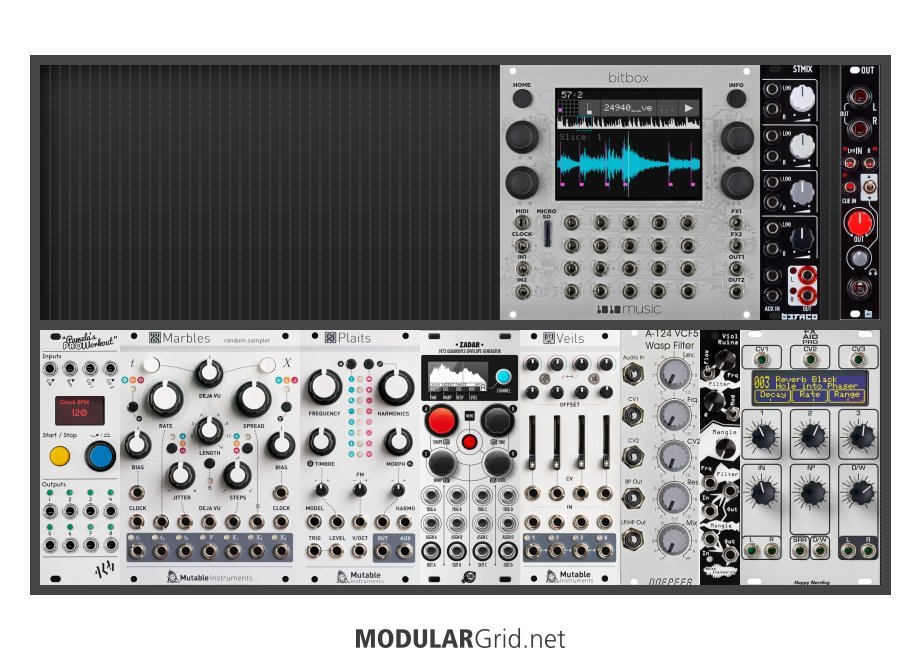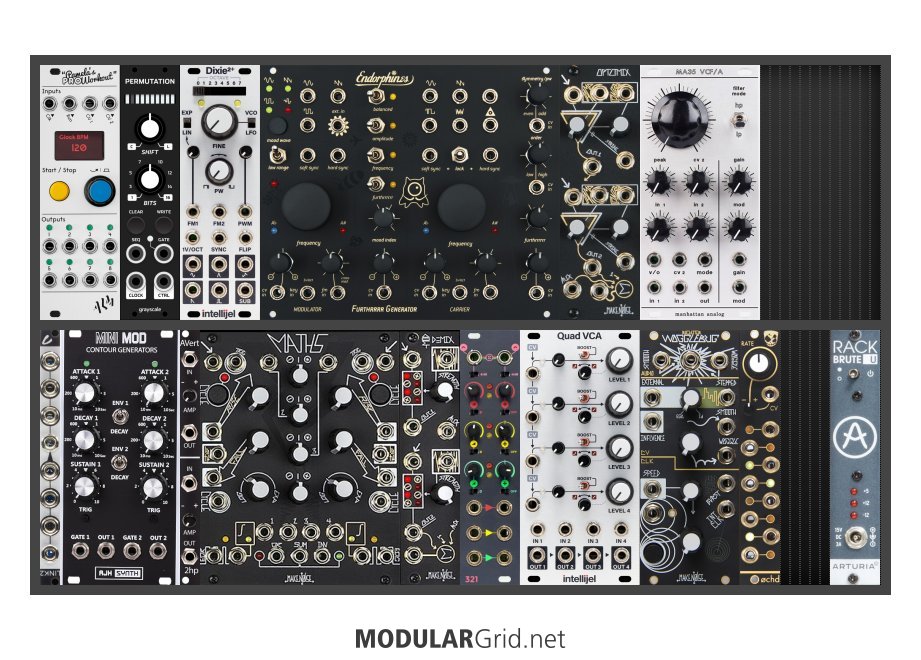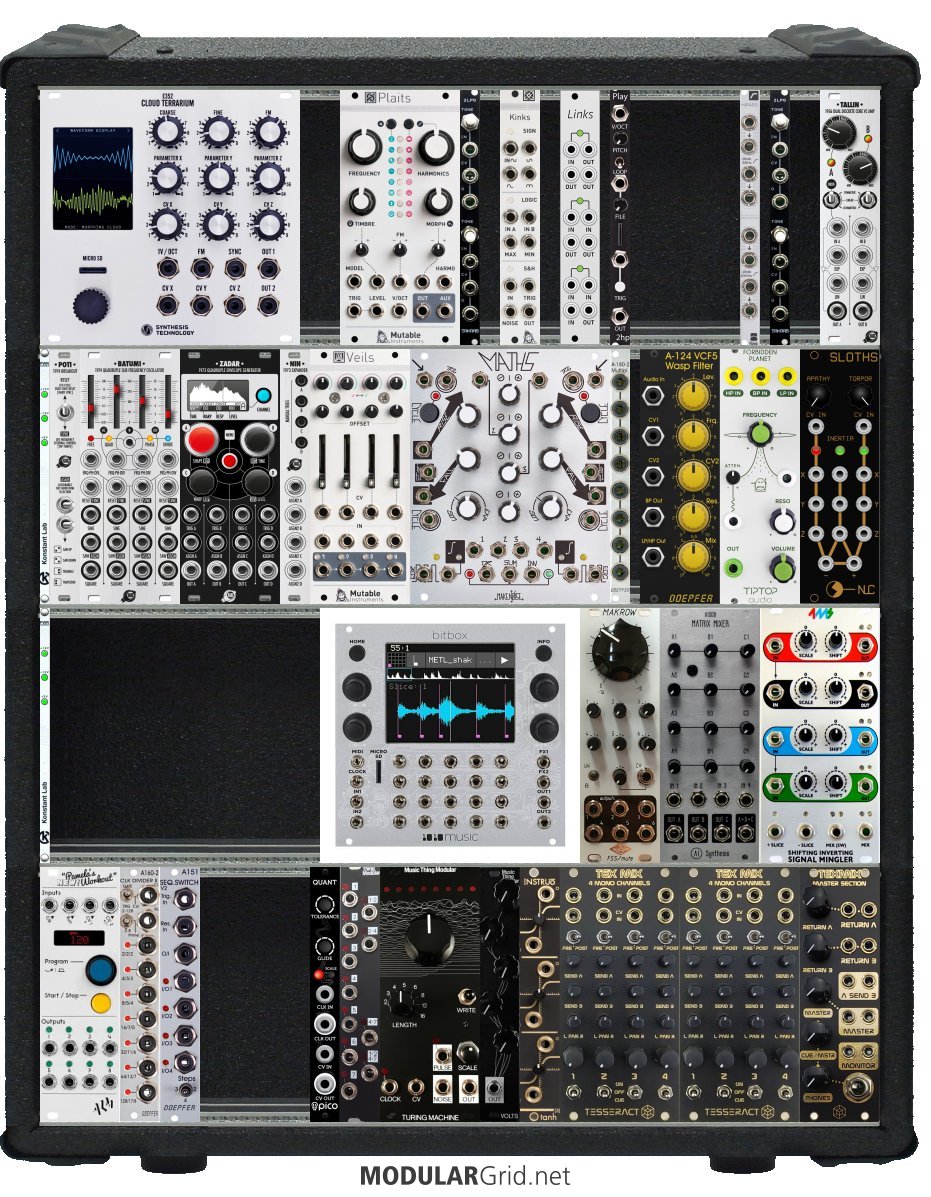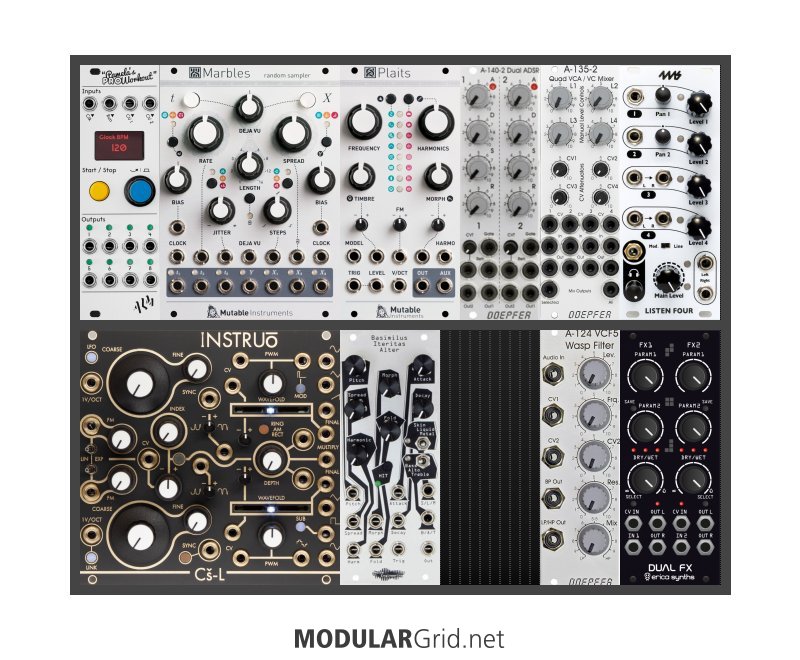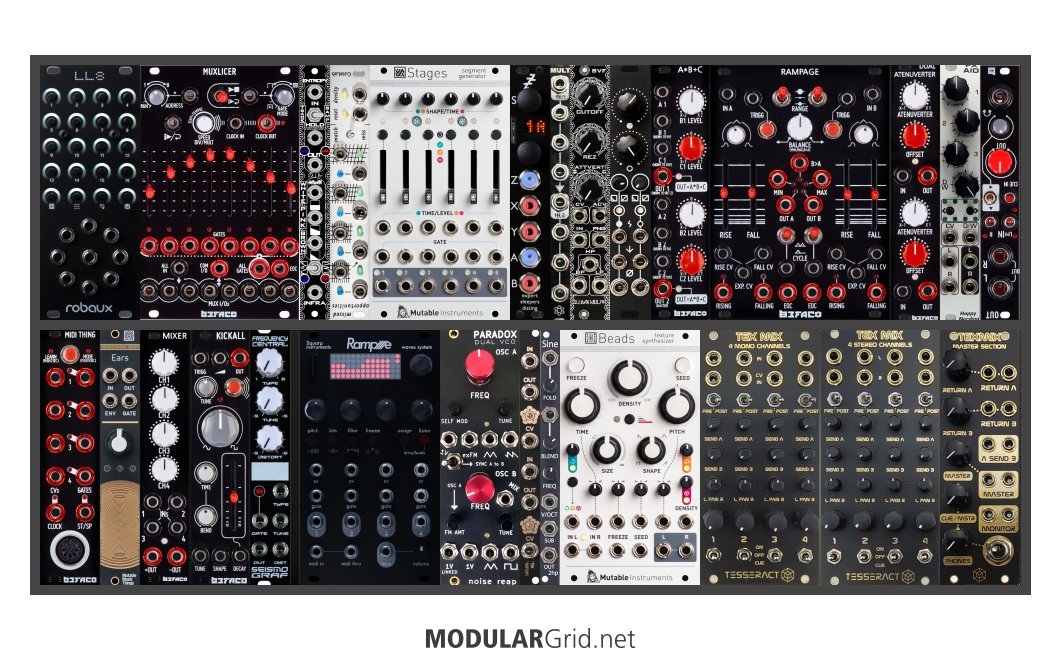case is weird size if you are actually building it - 84hp or 104hp rails are easier to buy - and a better size - especially the 104...
if you're not building it and buying it just get a mantis ffs - best bang for buck - hp/cost/decent power/manufacturer reputation...
having space to grow into is a good idea - filling (or nearly filling) the case immediately is, well a decision that basically says I am prepared to get a new case almost immediately...
starting small is a great idea, but should be based on number of modules not size of case...
Pam's I don't really case as utility - more modulation source - even if it includes some utilities - but they're a biut of a pain in the arse to use compared to individual untilities - the new pro looks a bit better than the 'new' version, but not that much more
same with the adsr module - modulation source not utility
BUT that's kind of how I (and quite a few others) think about it - see my signature below for hints on how to get the most versatility from your modular for the least cash...
answers:
1 I'd rather have veils - but might be difficult to source unless After Later Audio have released a clone - or the happy nerding 3*vca - either of the ones you have mentioned will be fine, the intellijel one does have gain (ie is actually an amplifier as opposed to an attenuator) so that would be my choice - as amplification is always useful!
2 yes - you do have too many sound sources to start with and too many in the long run in this size case - buy 1 to start with and learn to use it - in your first rack you're probably best off sticking to 1 sound source per row - maybe cram a 3rd in if you go for 6u 104hp - otherwise you will not have space for the modules that you inevitably need to support them
3 again yes - I'd want more modulation sources (which you've lumped in with utils - imo erroneously!) - I'd go for maths if possible - this is a bit controversial though - some people see it as 'too complicated' for beginners - these are often people who do not read manuals or studeously watch youtube videos about their modules and do not want to spend a lot of time 'learning a module' - I say do these things - download the 'maths illustrated manual' and work your way through it many times - deeply thinking about what it is doing - the what, why & how
for utilities I always like to have a sequential switch, attenuators, a matrix mixer (useful for combining modulation sources to get more complex ones) and sub mixers - sub mixers are useful for combining waveshapes from the same vco (the c-sl has a lot of outputs - looks like at least 8 to me, but I don't have one, so idk for definite) - I'd want at least 2 4 channel sub-mixers just or that
I'd also take a look at your end of chain (eoc) mixer - not enough channels for what's in the case already... no send/return
plaits has 2 separate outputs (different versions) not necessarily stereo bit can be used as such (but it also has vca/filter ie an lpg) so you probably want 2 eoc mixer channels for that
BIA has a mono output - so could go into the wasp and then into the eoc
c-sl has 2 halves - again needing sub-mixing = 2 channels - and possibly a stereo filter (doepfer wasp is great & cheap, but mono - maybe 2 of these or add another mono filter or add a stereo filter) - again probably wants another 2 eoc channels
the multi-fx, which I'd replace with an fx aid pro, wants a stereo send/return...
4 I wouldn't worry about a noise source to start with - get one in the future if you need one
5 if you can find reasonably priced mutable modules used (and you can, if you look hard enough, at least some of them) then buy those - otherwise there are some full sized mutable which means they maintain the ergonimics - which is one of mutables strong points - Aftrer Later Audio for example
6 add up all the patch points and divide by 2... a 1/4 to a 3rd of them stackcables (or buy some passive mult module or headphone splitter type things - intellijel hubs for example) - this might seem like a lot - but you will be prepared - and you'll almost definitely forget to buy cables in the future when you buy modules at least a few times
"some of the best base-level info to remember can be found in Jim's sigfile" @Lugia
Utility modules are the dull polish that makes the shiny modules actually shine!!!
sound sources < sound modifiers < modulation sources < utilities

